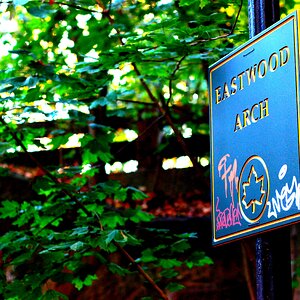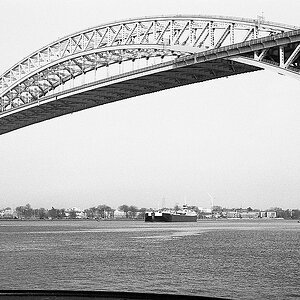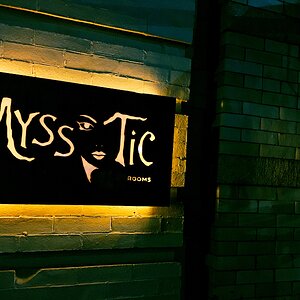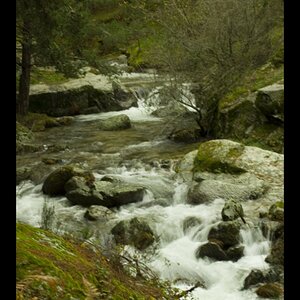weez1959
TPF Noob!
- Joined
- Jul 28, 2007
- Messages
- 7
- Reaction score
- 0
- Location
- Otterburn Park
- Can others edit my Photos
- Photos OK to edit
What's the difference between an EFS 17-55mm and a EFS 18-55mm? 
Don't laugh at me I'm a complete boob with this stuff right now :blushing:
Don't laugh at me I'm a complete boob with this stuff right now :blushing:



![[No title]](/data/xfmg/thumbnail/37/37628-b854997825aadb4eedaa3247baf8069f.jpg?1619738155)
![[No title]](/data/xfmg/thumbnail/34/34347-8b81549fefc38aca163688d07a9f5ced.jpg?1619736384)
![[No title]](/data/xfmg/thumbnail/34/34346-f7996f51f0624620cfd54a488abeacf9.jpg?1619736382)

![[No title]](/data/xfmg/thumbnail/32/32944-550374cc056b8618b47594b3cc6e1574.jpg?1619735777)


![[No title]](/data/xfmg/thumbnail/32/32943-1a3c3a399438cf2fc6a21415e9bdedcf.jpg?1619735775)


![[No title]](/data/xfmg/thumbnail/34/34348-b1d1a8e4f9da40319cac8b9f03cce084.jpg?1619736384)